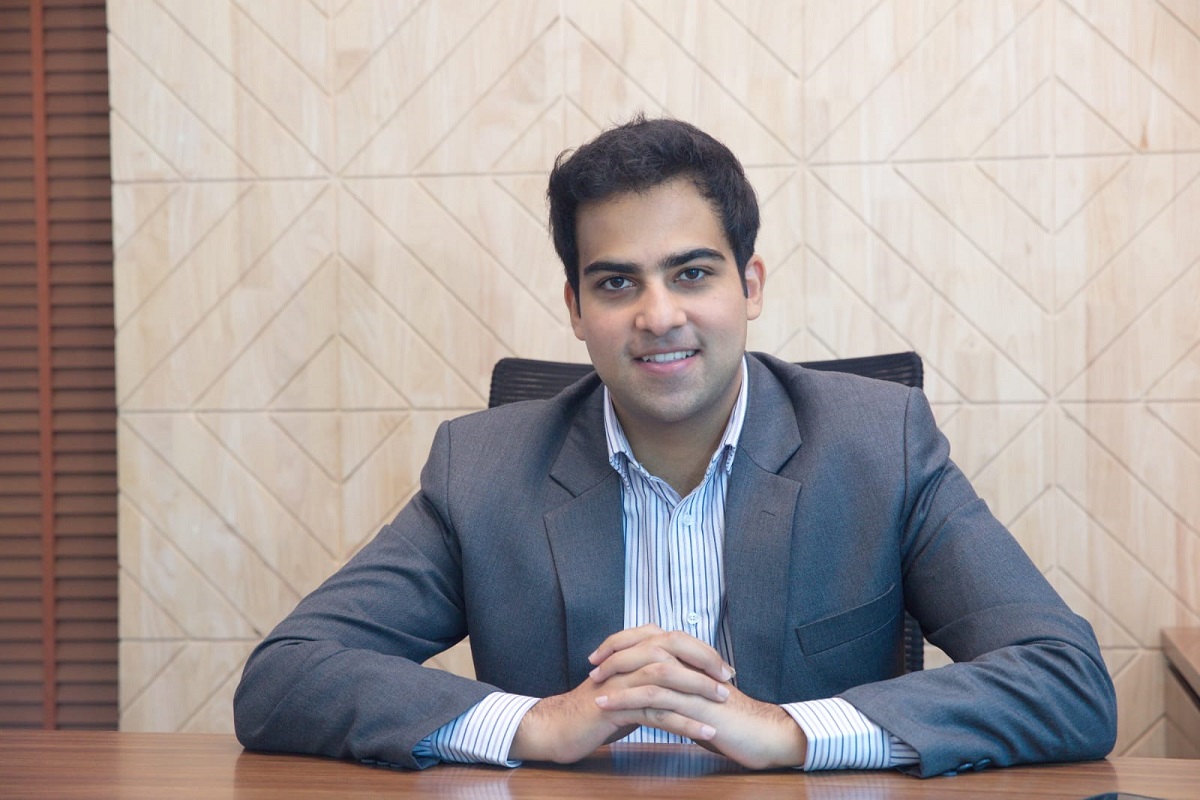Nov 16, 2021
Opinion | Workplaces: Present remote, future distributed
In the post-covid world, tech-enabled offices will allow for minimal touch. While social distancing and wearing masks remain extremely important, several tech-enabled features will become critical drivers of employee safety.
NOIDA: It was not until the 20th century that offices became a mainstream phenomenon of the society. Over the years, the physical workspace has evolved, from cubicles to open floor plans, to became the centre of a company. But, in a post pandemic world, the work culture has been undergoing a dynamic shift.
The Work from Home (WFH) concept, which started over six months ago, has worked well in some places and dragged on in others. The lines between the professional and personal have blurred, as employees spend time working from home, meeting deadlines, and finishing household chores. No one knows where the office stops, and home begins.
As discussions continue, at the core of the matter is the employee – the same employee, who until six months ago used to leave home every morning for the workplace and returned home every evening carrying the stress of a long commute. This was an employee who looked forward to weekends.
The covid-19, however, has wiped out all such carefully crafted demarcations. The pandemic may be gone someday, but the concerns arising out of WFH options are here to stay.
Is a workplace just a physical space, a piece of real estate with infrastructure, or does it go beyond the realms of tech-integrated modern buildings? So what would the workplaces of the future encompass?
It’s a key question.
Office design is a valuable investment, and never before has there been this urgent a need to re-design workspaces. In the post-covid world, tech-enabled offices will allow for minimal touch. While social distancing and wearing masks remain extremely important, several tech-enabled features will become critical drivers of employee safety. Touchless will be the keyword. A tech-enabled workplace will offer wellness checks at entry points, facial recognition for workplace access/attendance, IoT-enabled meeting rooms and smartphone-controlled electric switches.
It’s well-argued how companies will take some time to get their full workforce back to the office. Staggered shifts, roster system to manage work strength, etc. are some of the options being followed by organisations now.
So when at a given point of time only a small percentage of employees will be present at a workplace, then will companies continue to require large real estate?
Several large enterprises are rethinking their workspace strategy as it adds to the overall expense be it in terms of real estate cost, overhead expenses and now, the additional cost of implementing preventive measures for a safe work environment. Organisations are also looking at sustainability and reconsidering the need for large under-utilised spaces.
Thus, in a new world order, decentralised space will become real where a smaller number of employees work in teams in smaller office spaces. In the future, the concept of a large headquarter where thousands converge may get redundant. It is a win-win situation for both the employee and the employer. Companies won’t have to incur enormous real estate costs, and employees won’t have to commute long distances or relocate.
Co-working spaces fit well to fulfil such geographical diversifications as companies won’t have to build up workplaces from scratch in various locations. It’s an option that allows flexibility, agility and cost savings, both for the employees and employers. The workplace of tomorrow will be distributed and flatten the density of workforce in one single space. The office should be a place of comfort and offer the best of facilities and amenities, all under one roof. So flexible workspaces come out as a perfect answer.
Man is a social animal. It has been repeated ad nauseam.
Offices provide social security. It is here that ideas get exchanged, be it around coffee machines or in long-drawn meetings in conference rooms. The social capital of any organisation can thrive only when the osmosis is not limited to technological interpretations. If the soul of an organisation is its employee, then the chatter of employees, the heartbeat.
Ideas aren’t merely borne out of PowerPoint presentations, rather they take shape over tea breaks. Meetings over the internet, with an employee, sitting alone in his study most often may elicit theoretical solutions, but rarely, do they result in innovative ideas. How long can creative brainstorming sustain on a Zoom call.
In the post-pandemic world, the health of an organisation won’t just be its financial books, instead, it would be the safety that workplaces offer employees. Among many things that this pandemic has taught us, one of the most important is the need to build the ‘office of tomorrow’ based on the ‘lessons learnt today.’


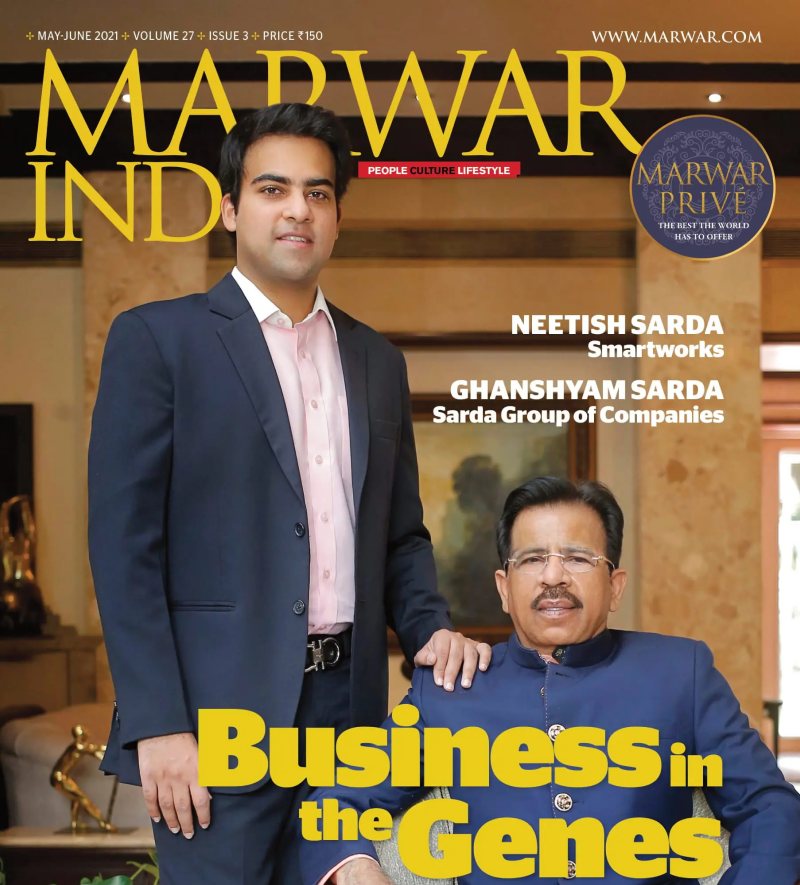
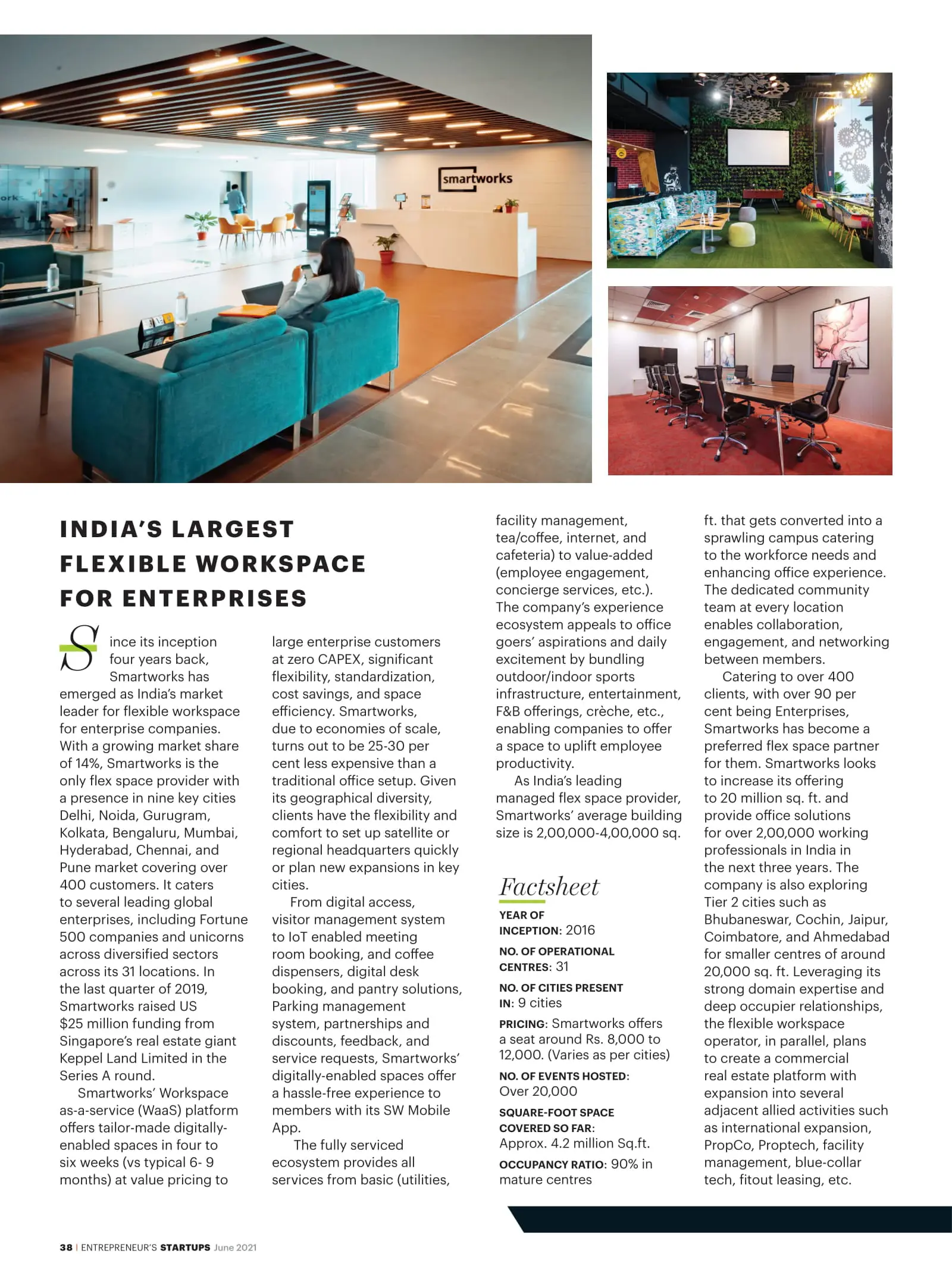
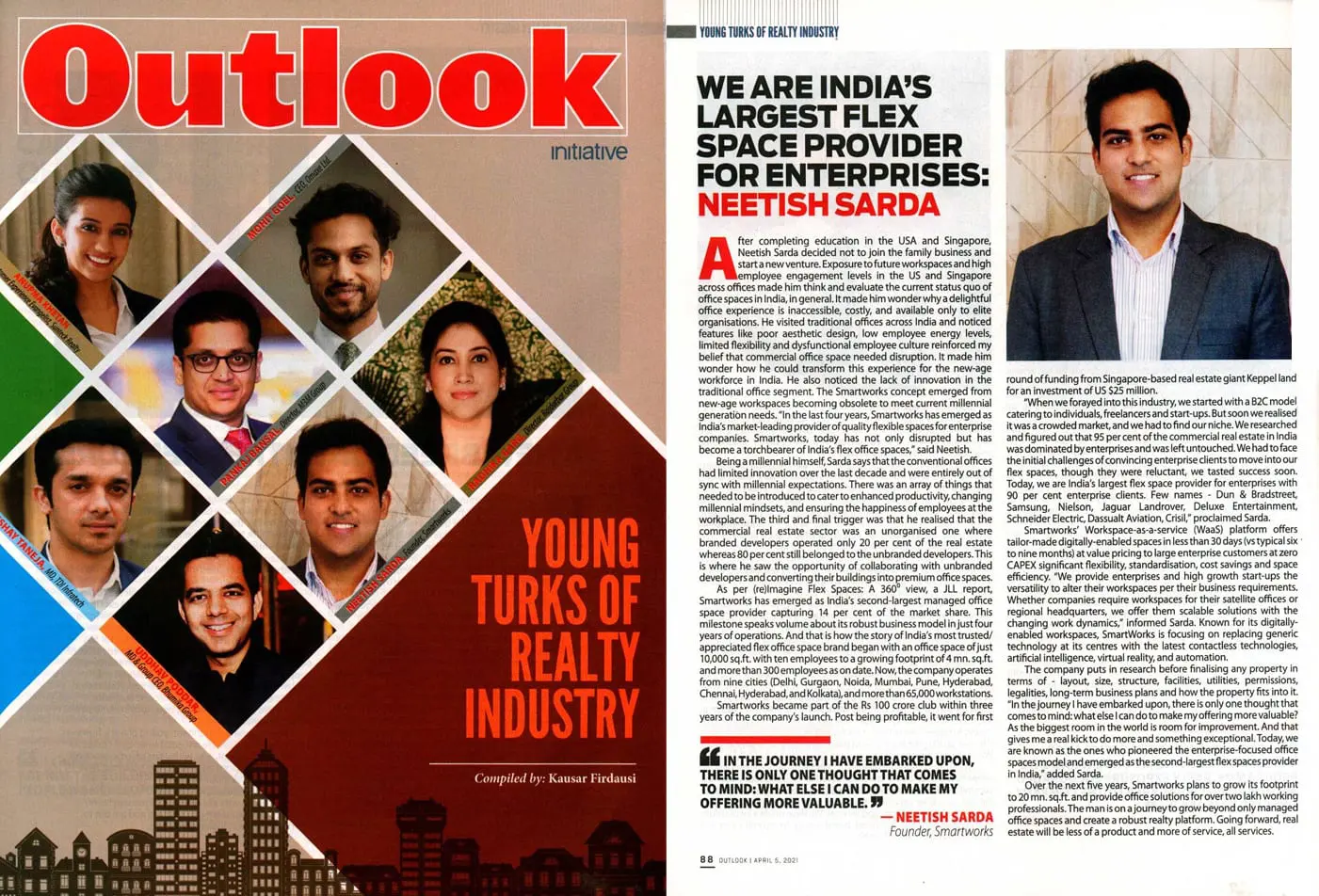

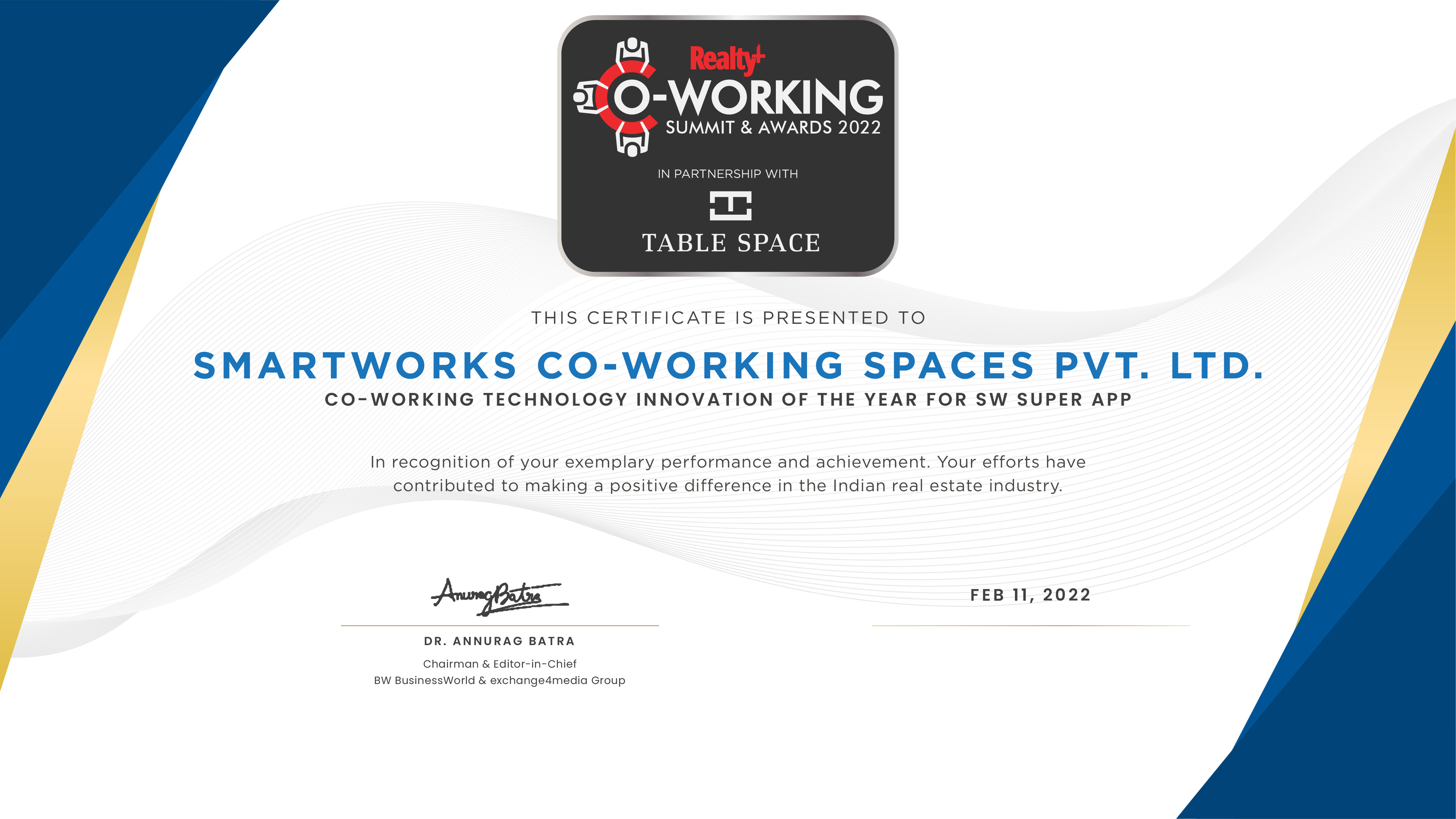
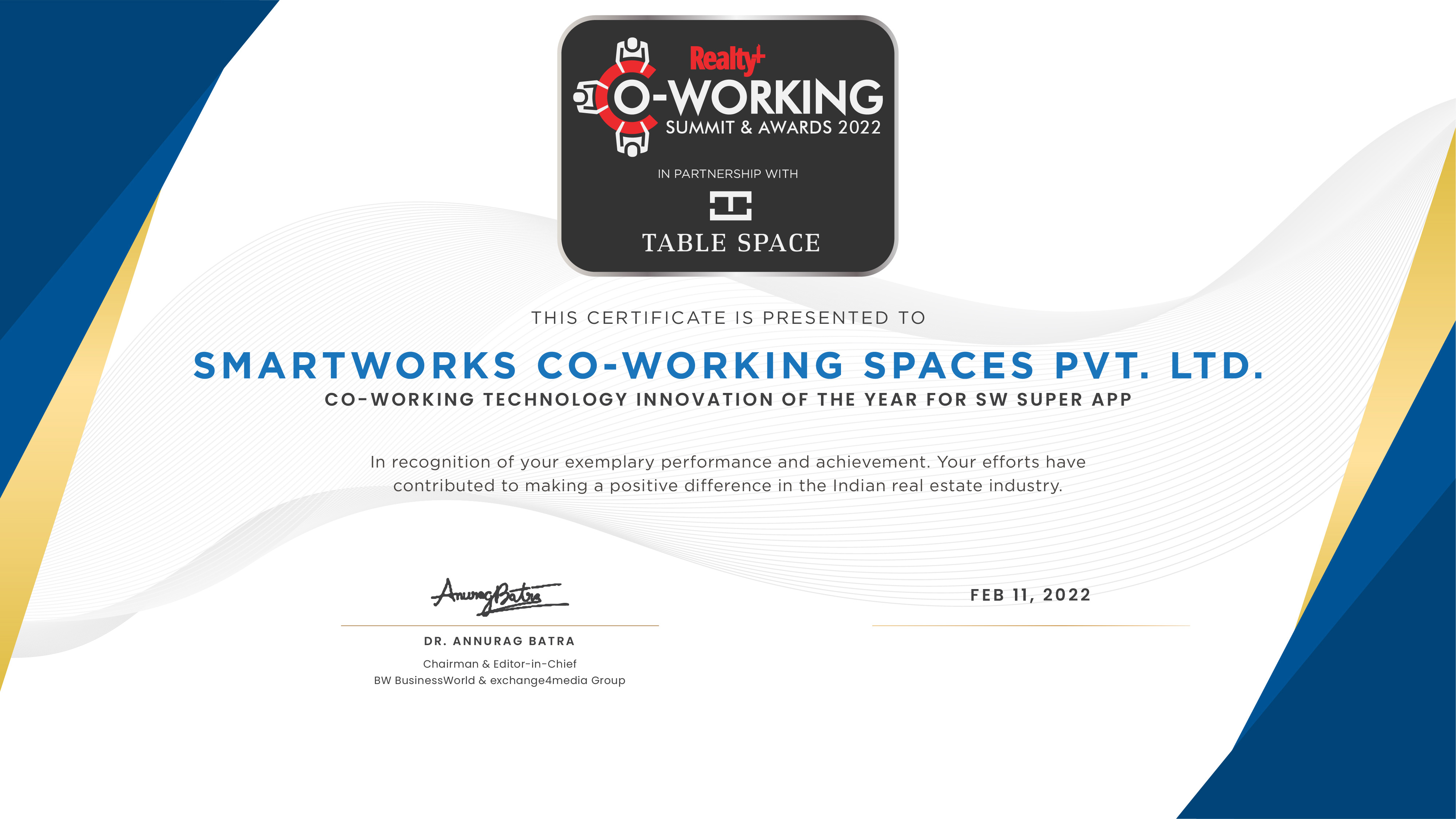
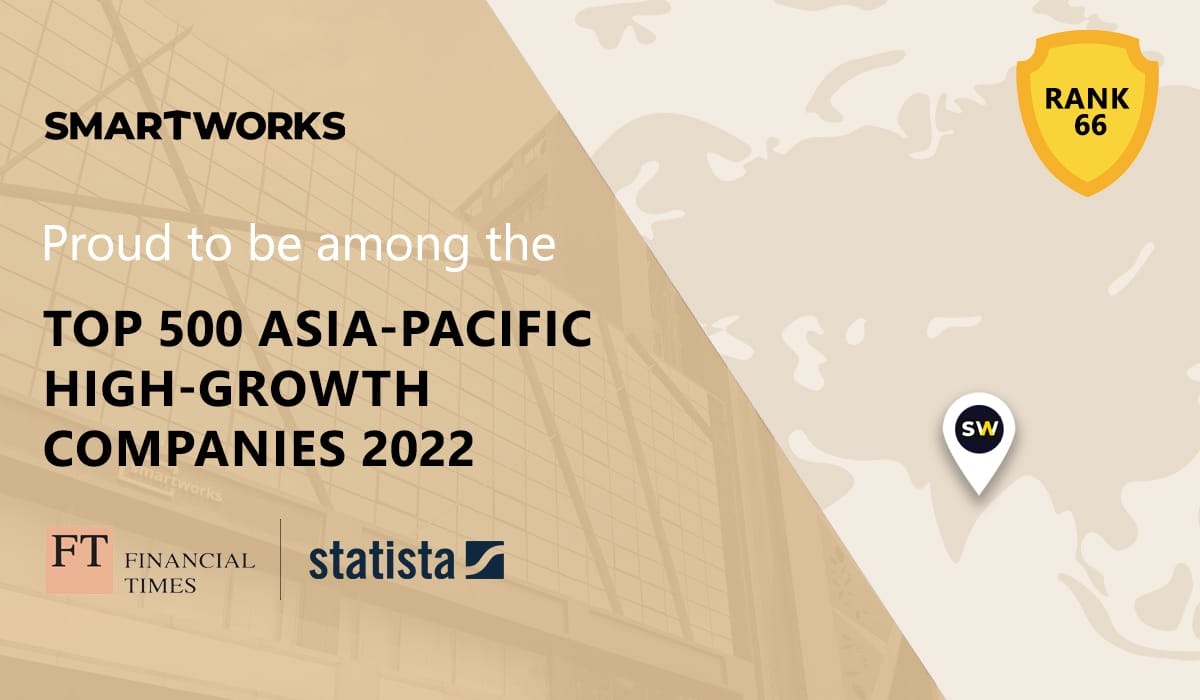



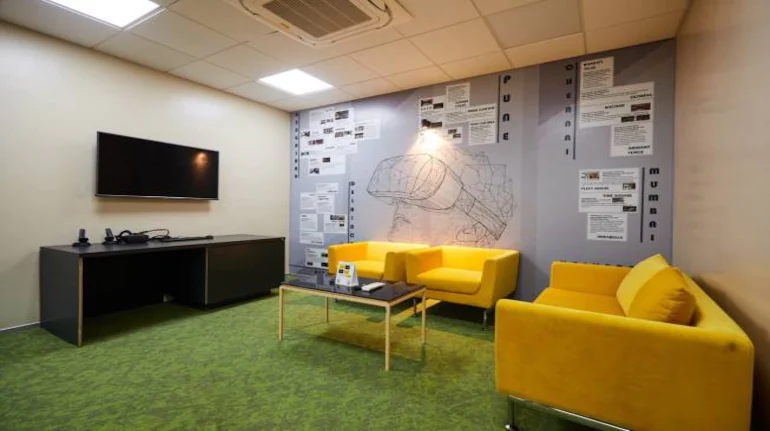




.jpg)
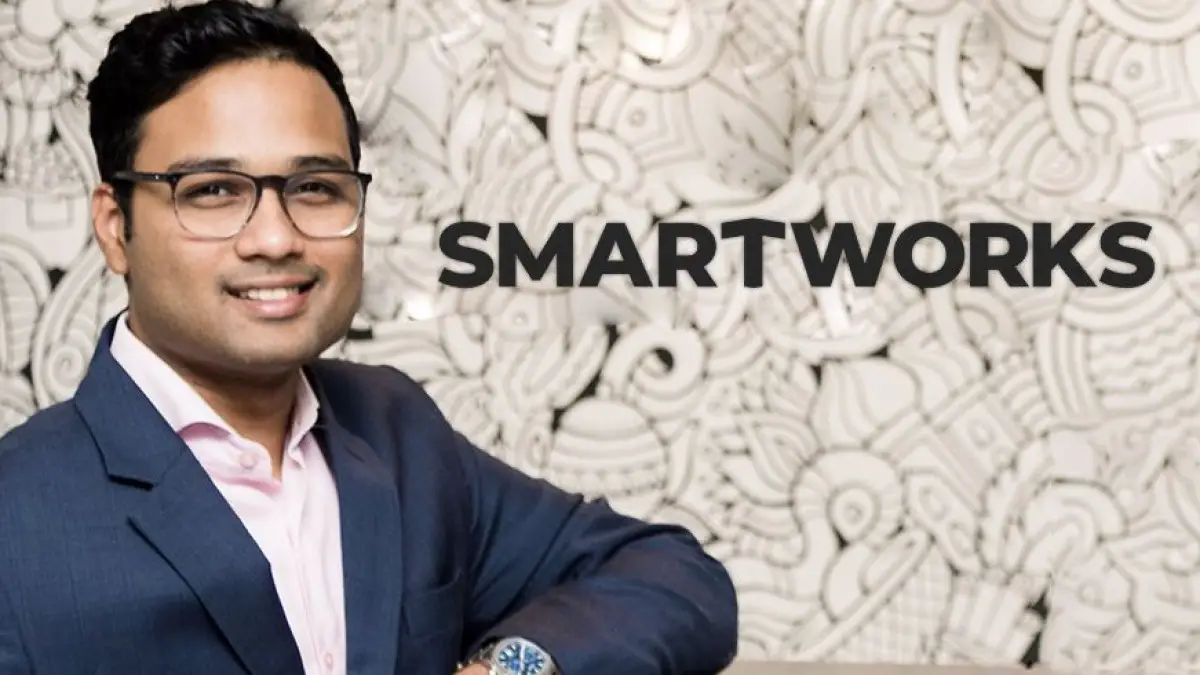

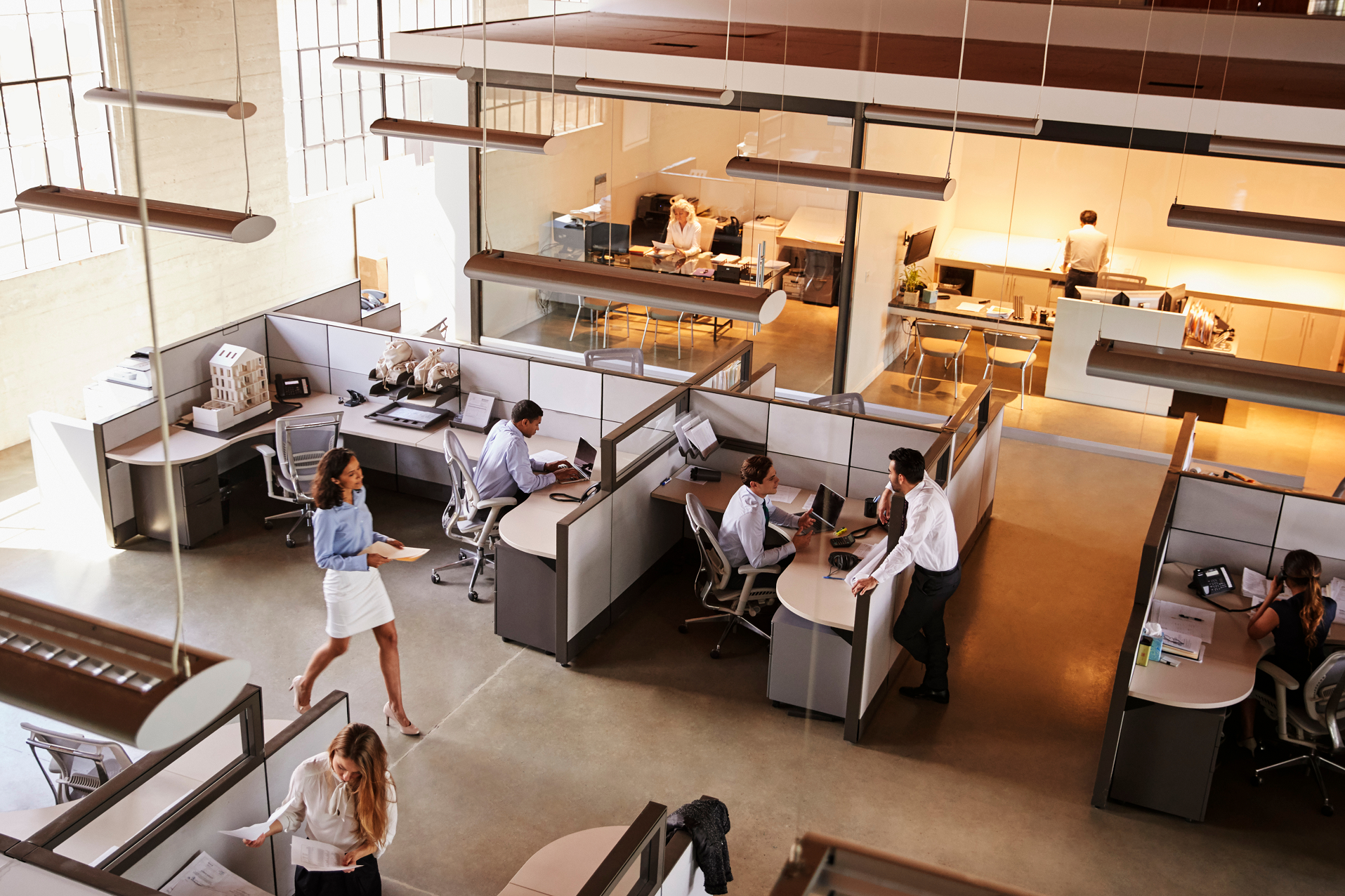
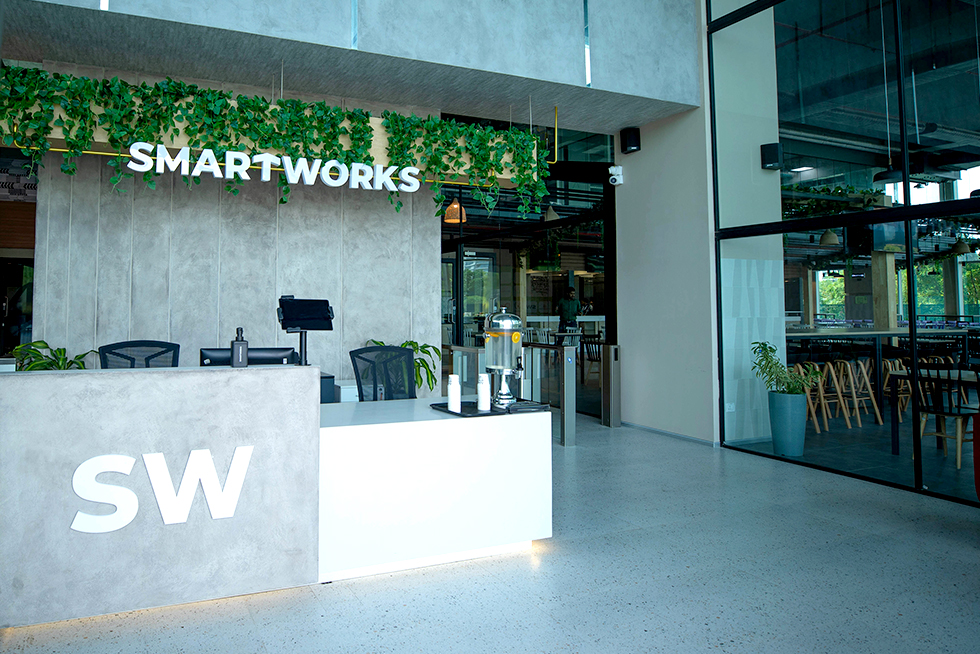
.webp)
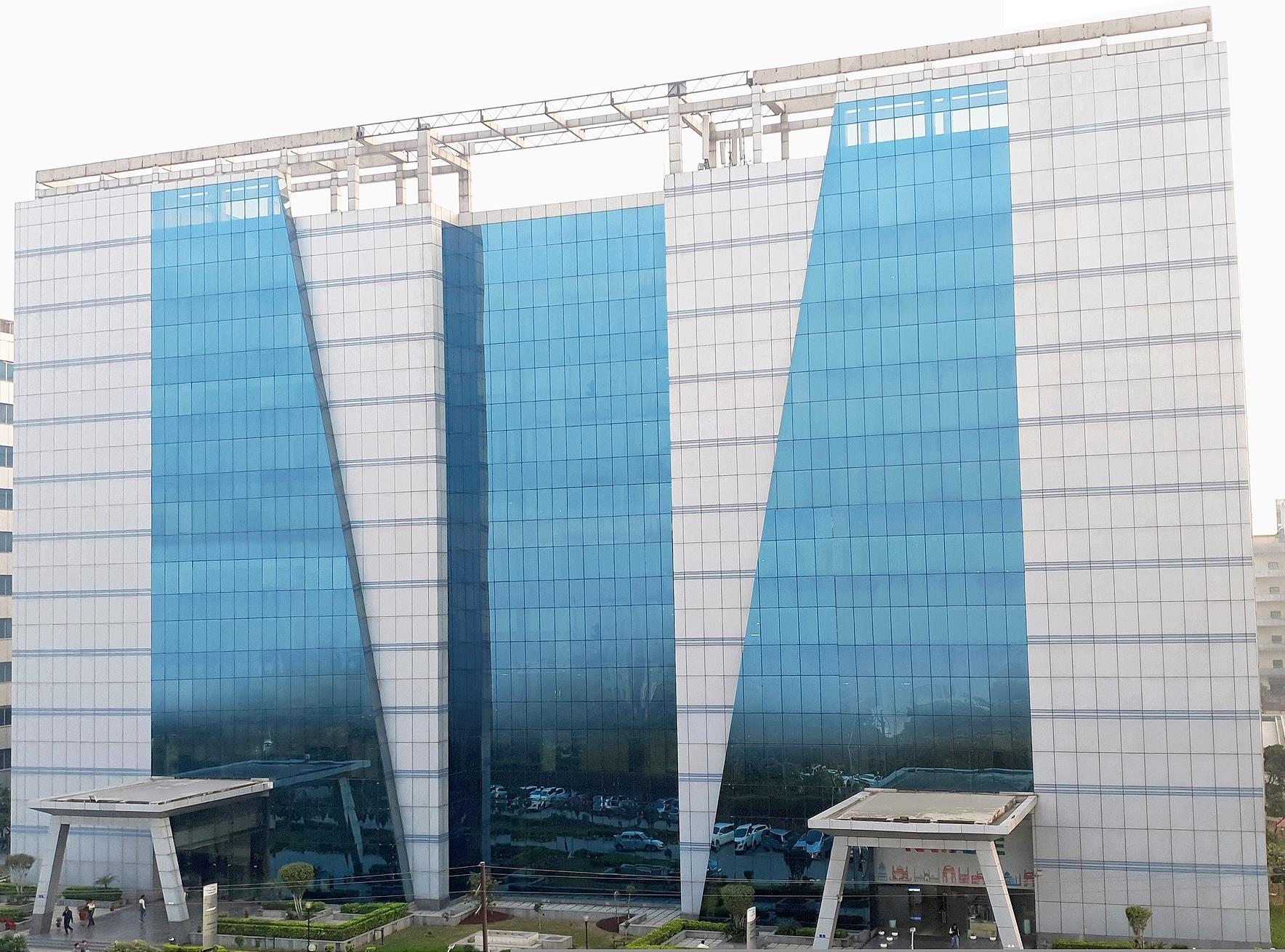
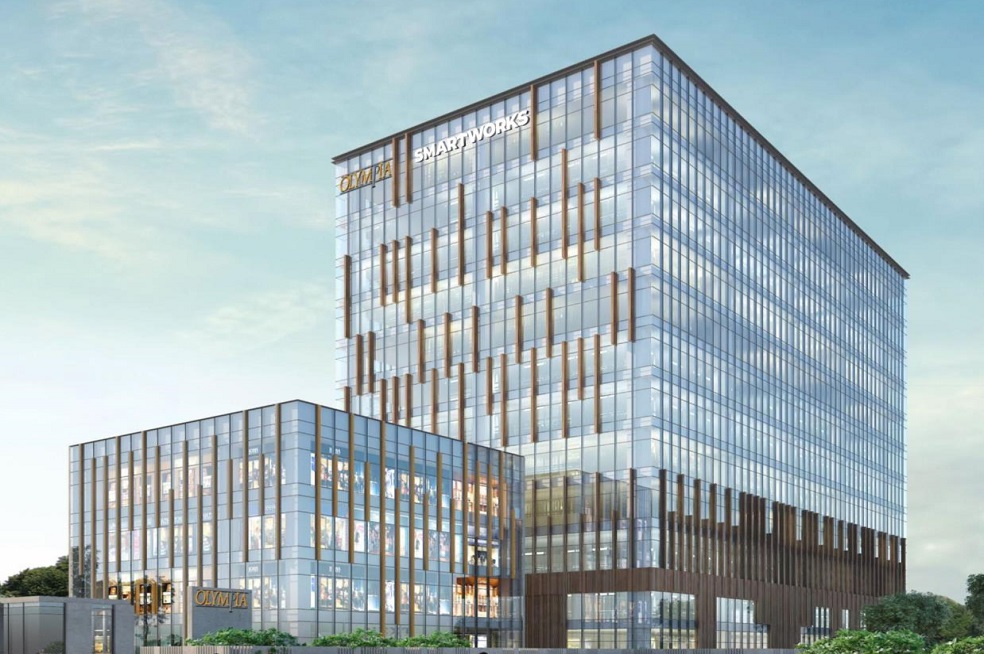


(1).jpg)
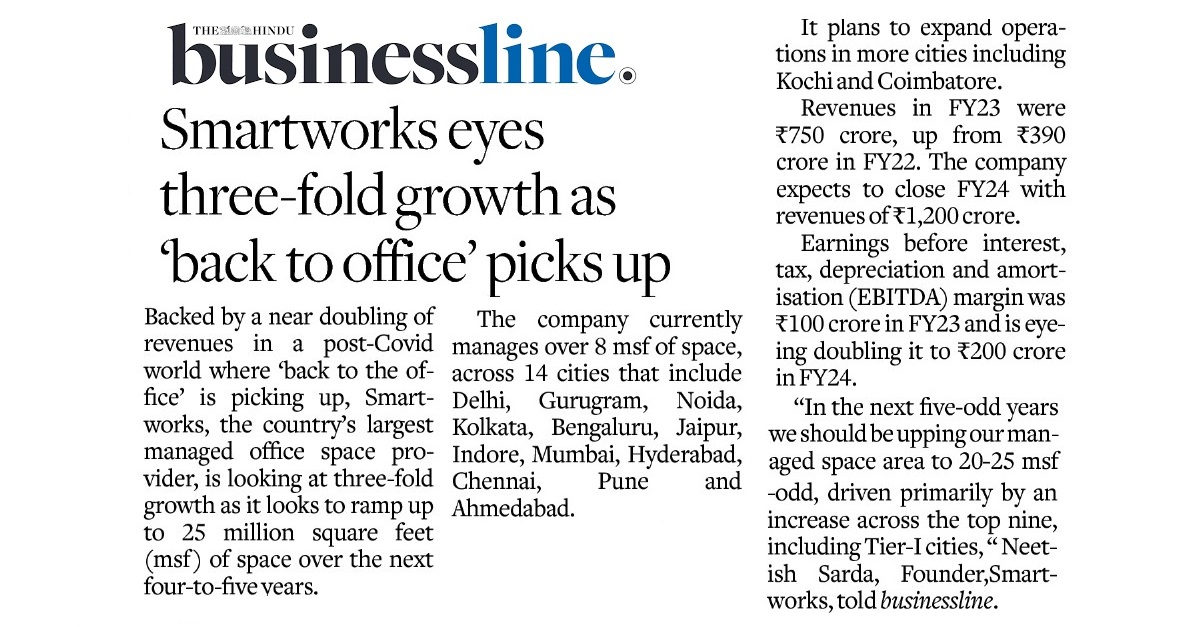
.png)
